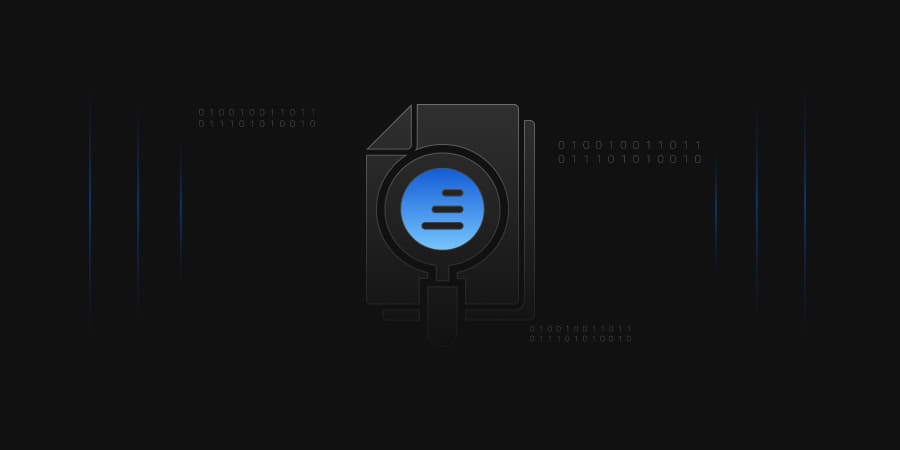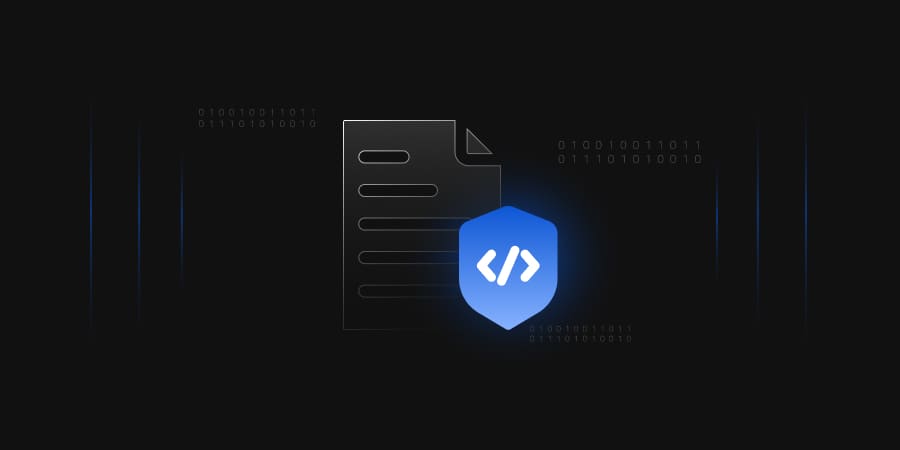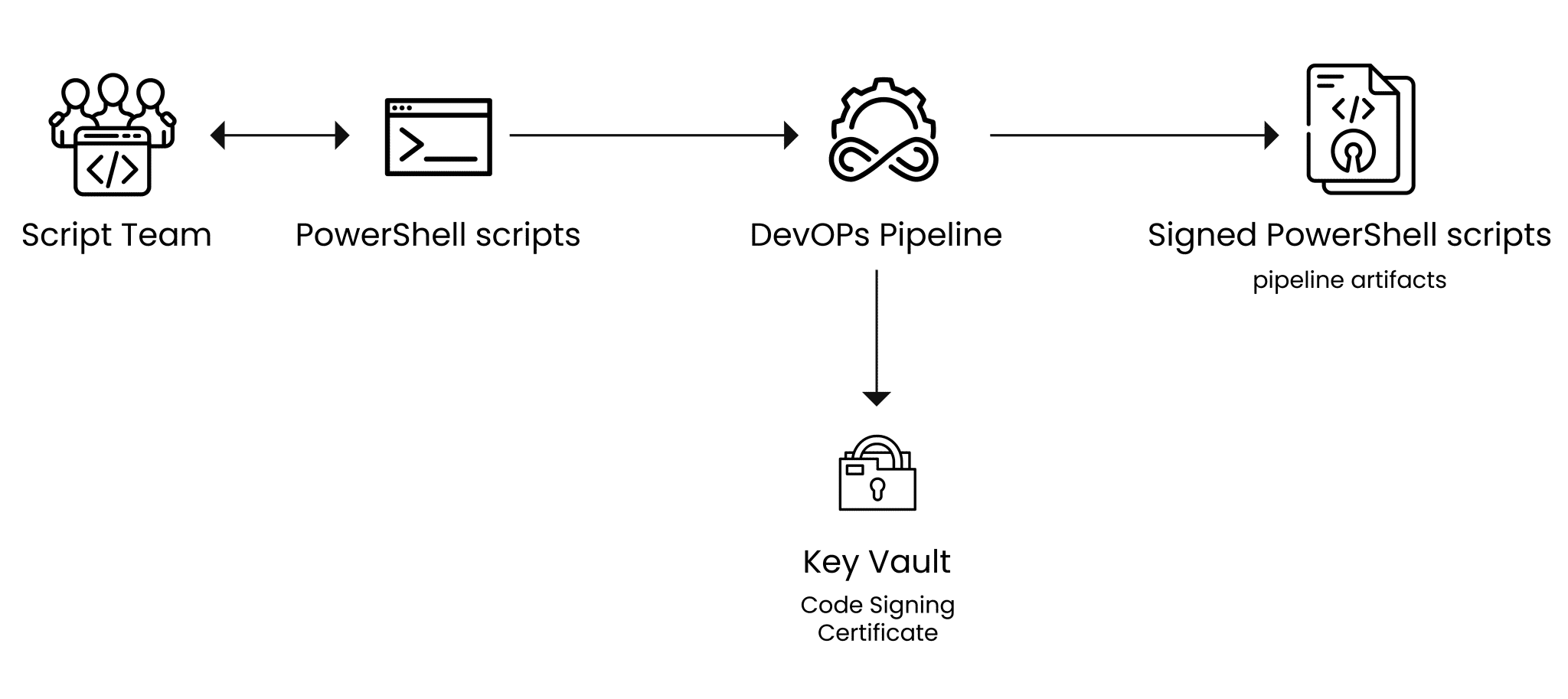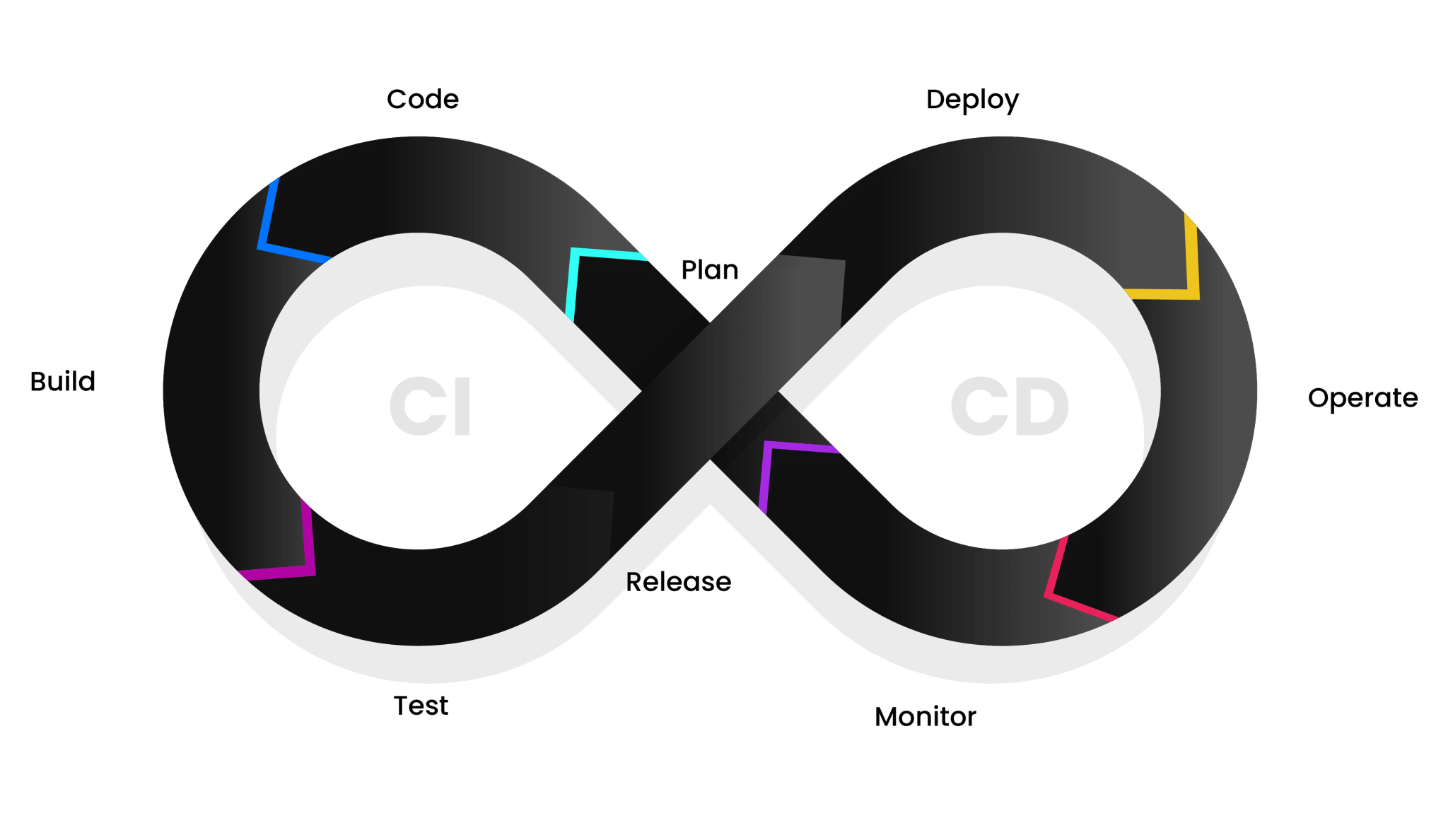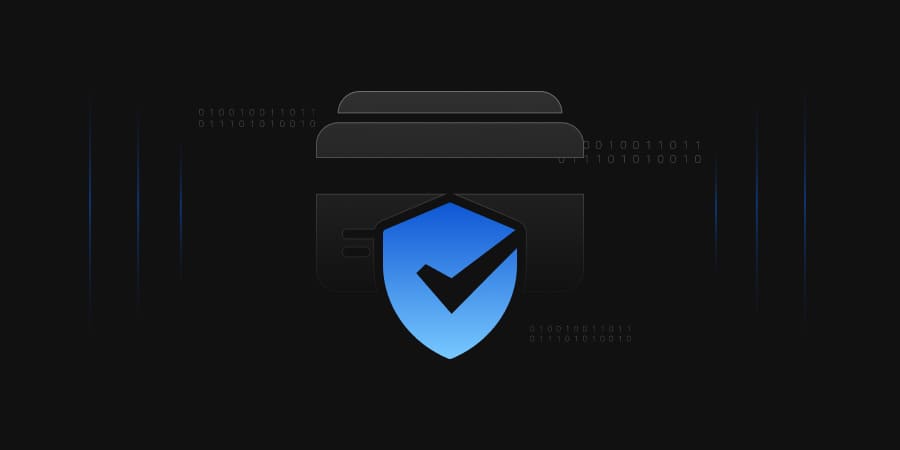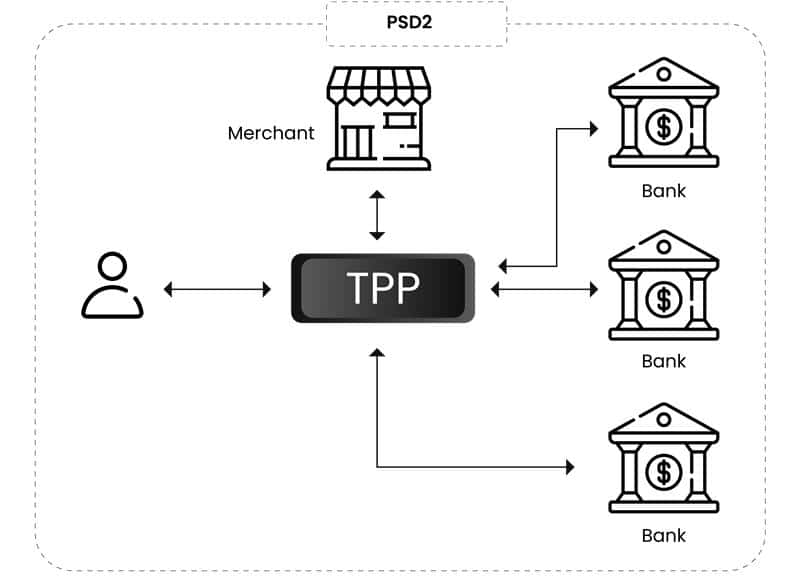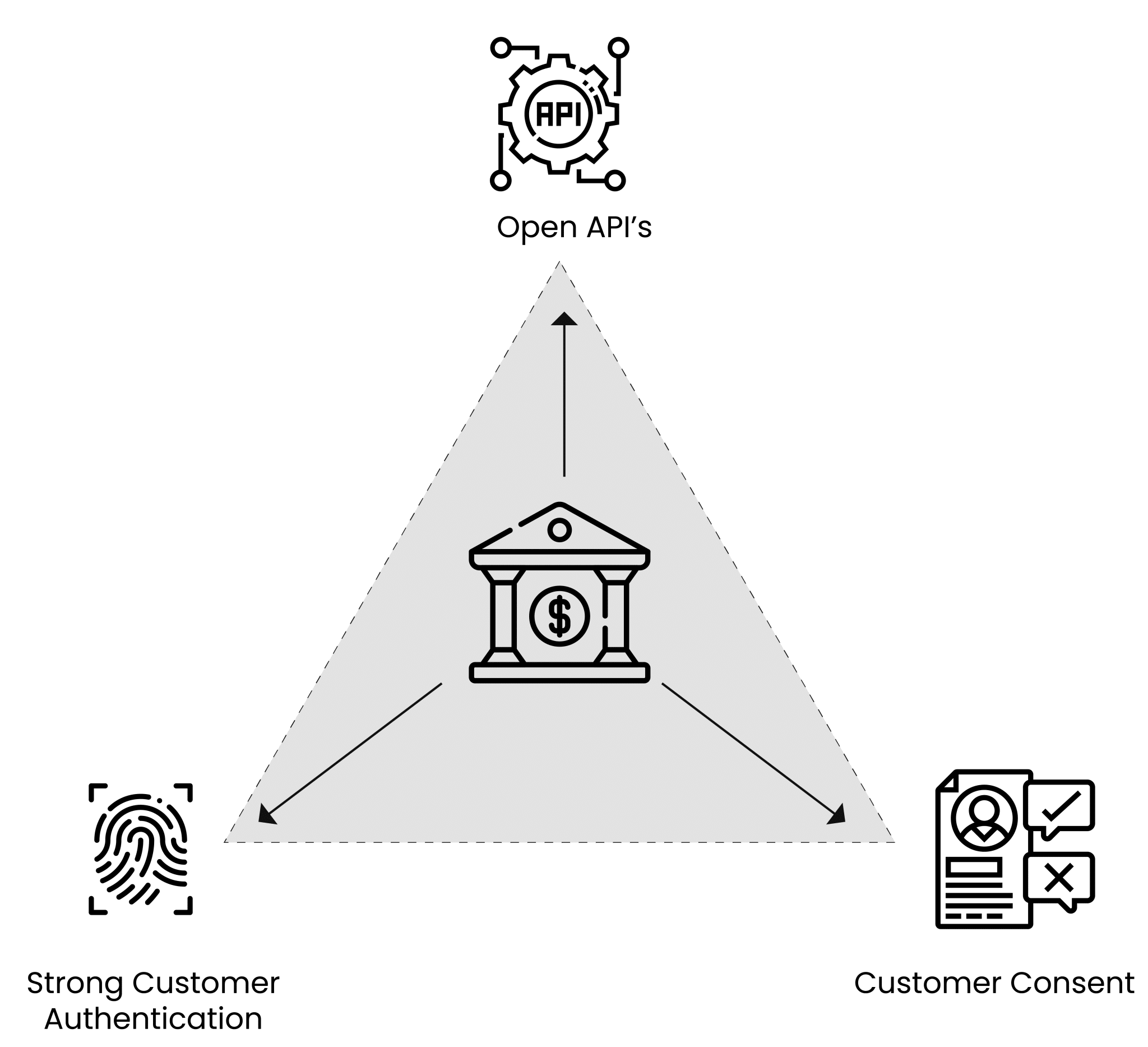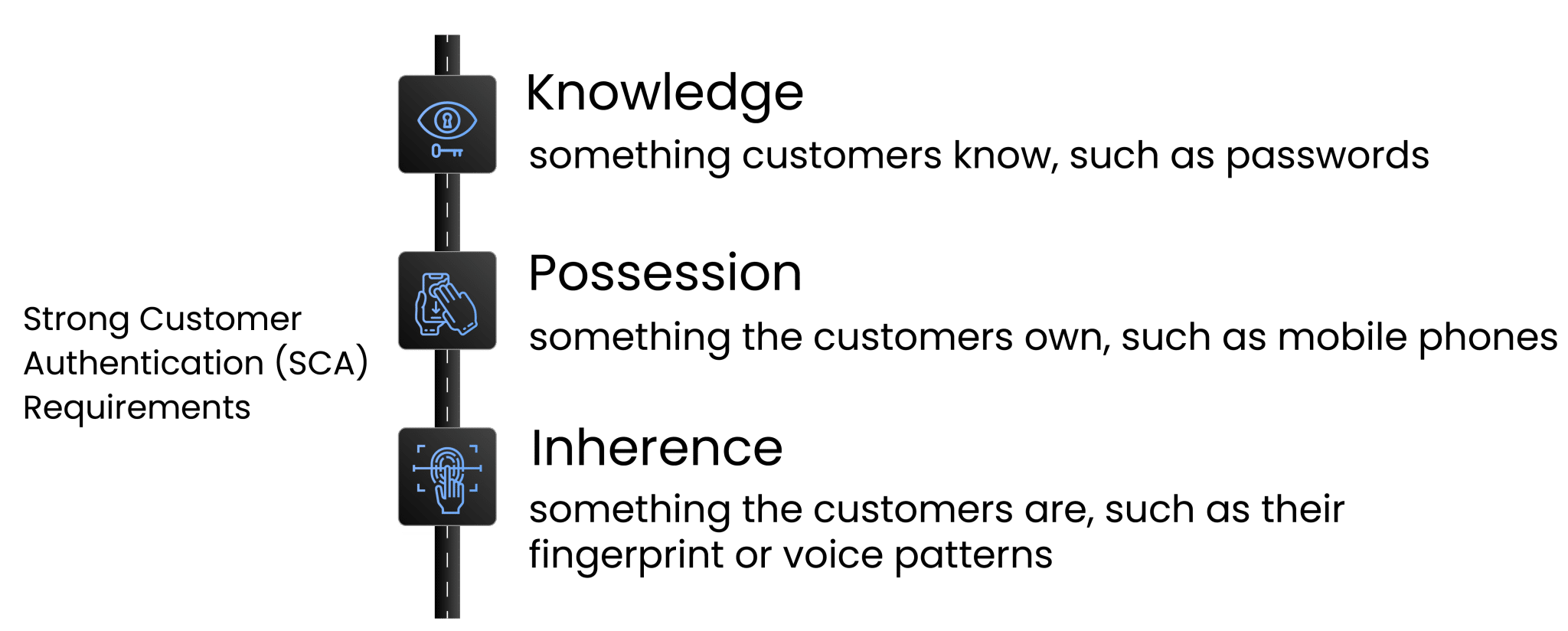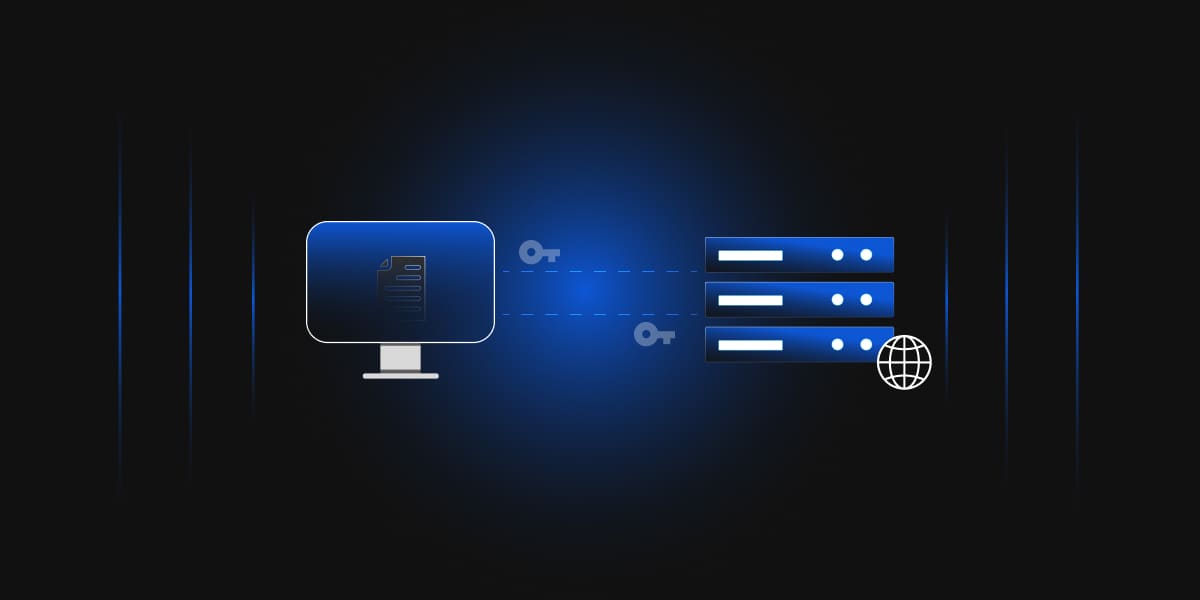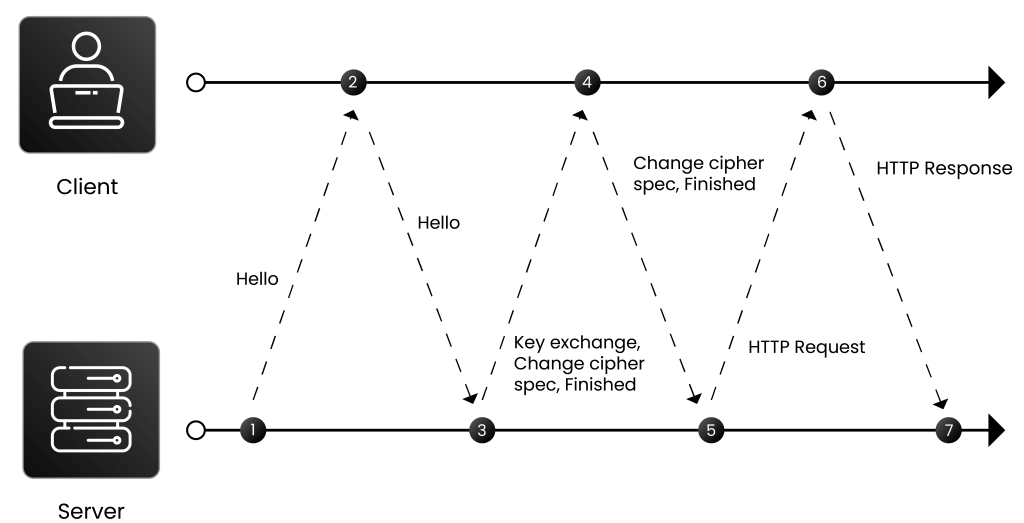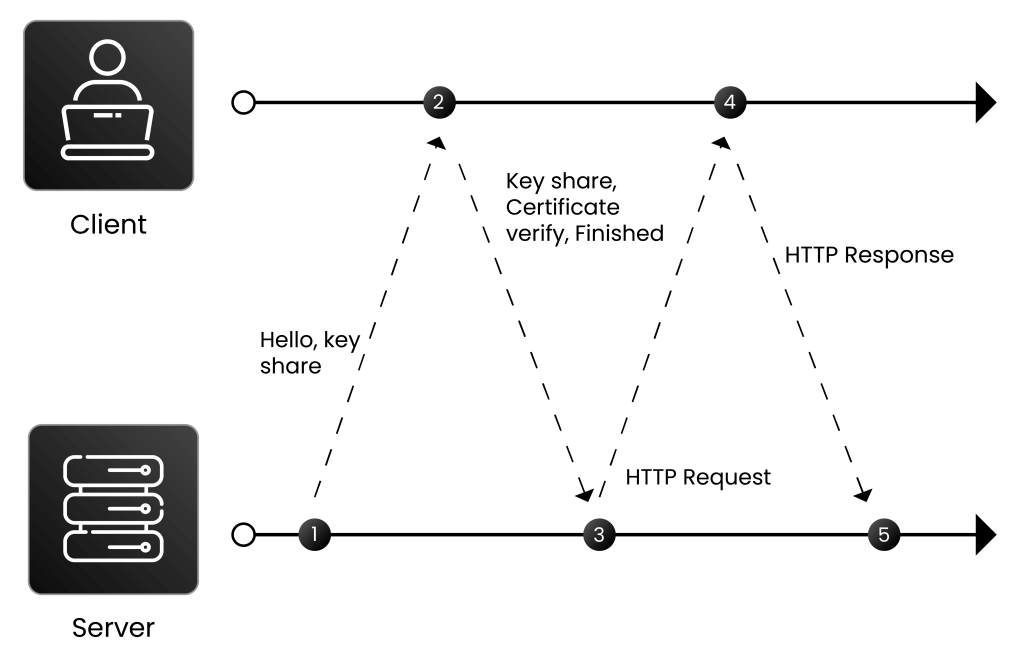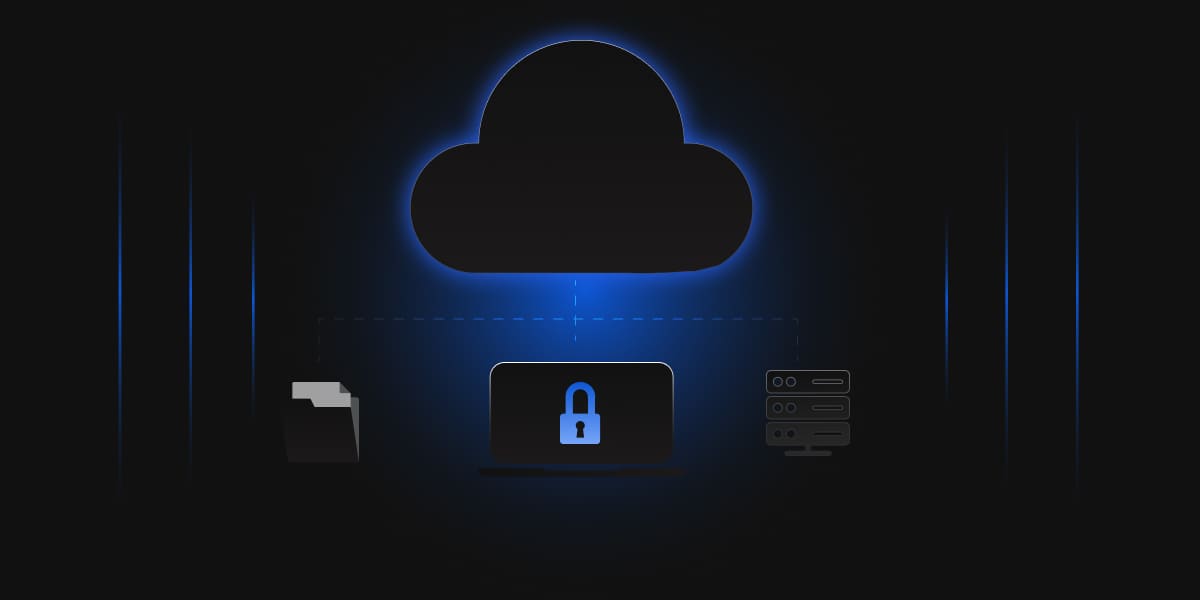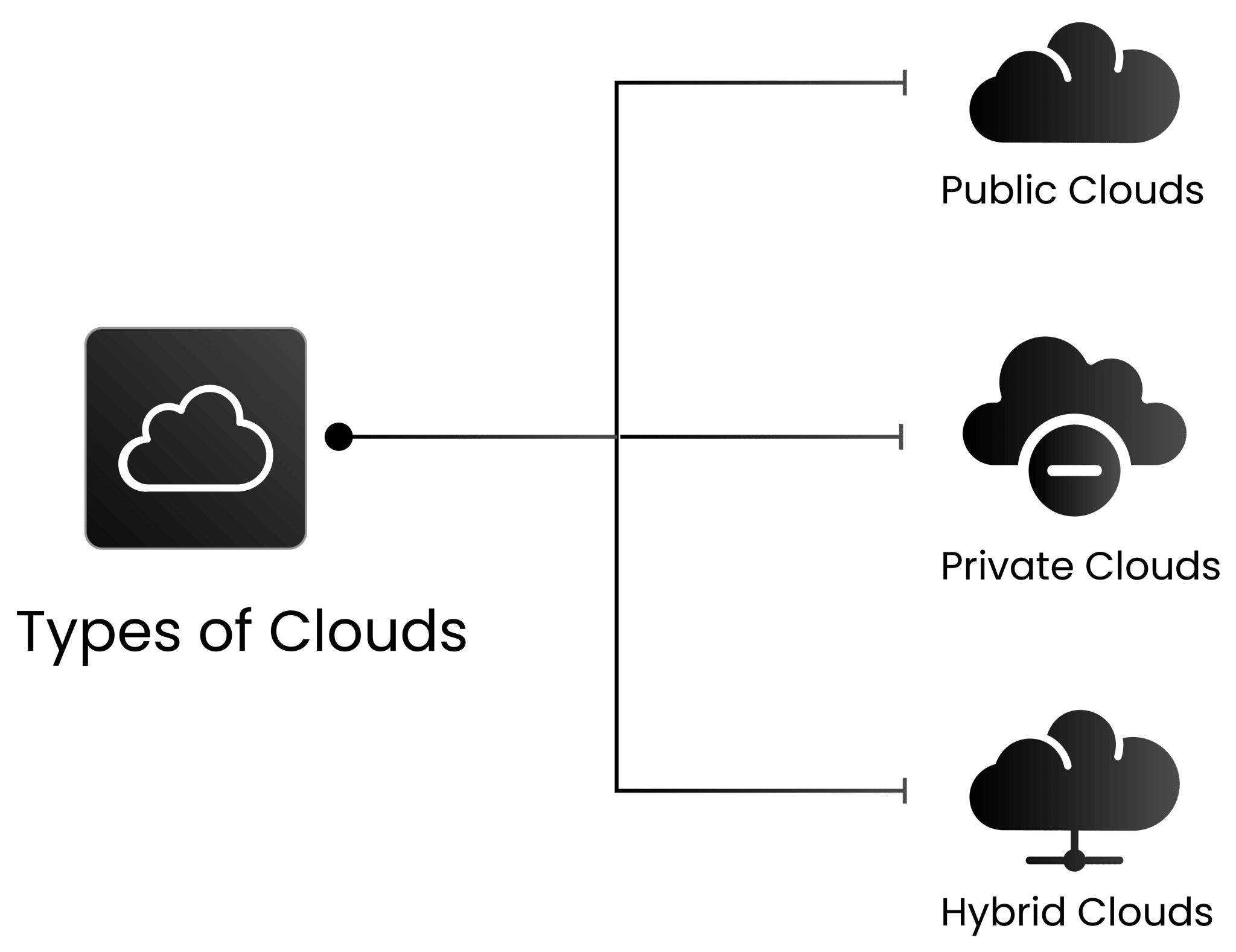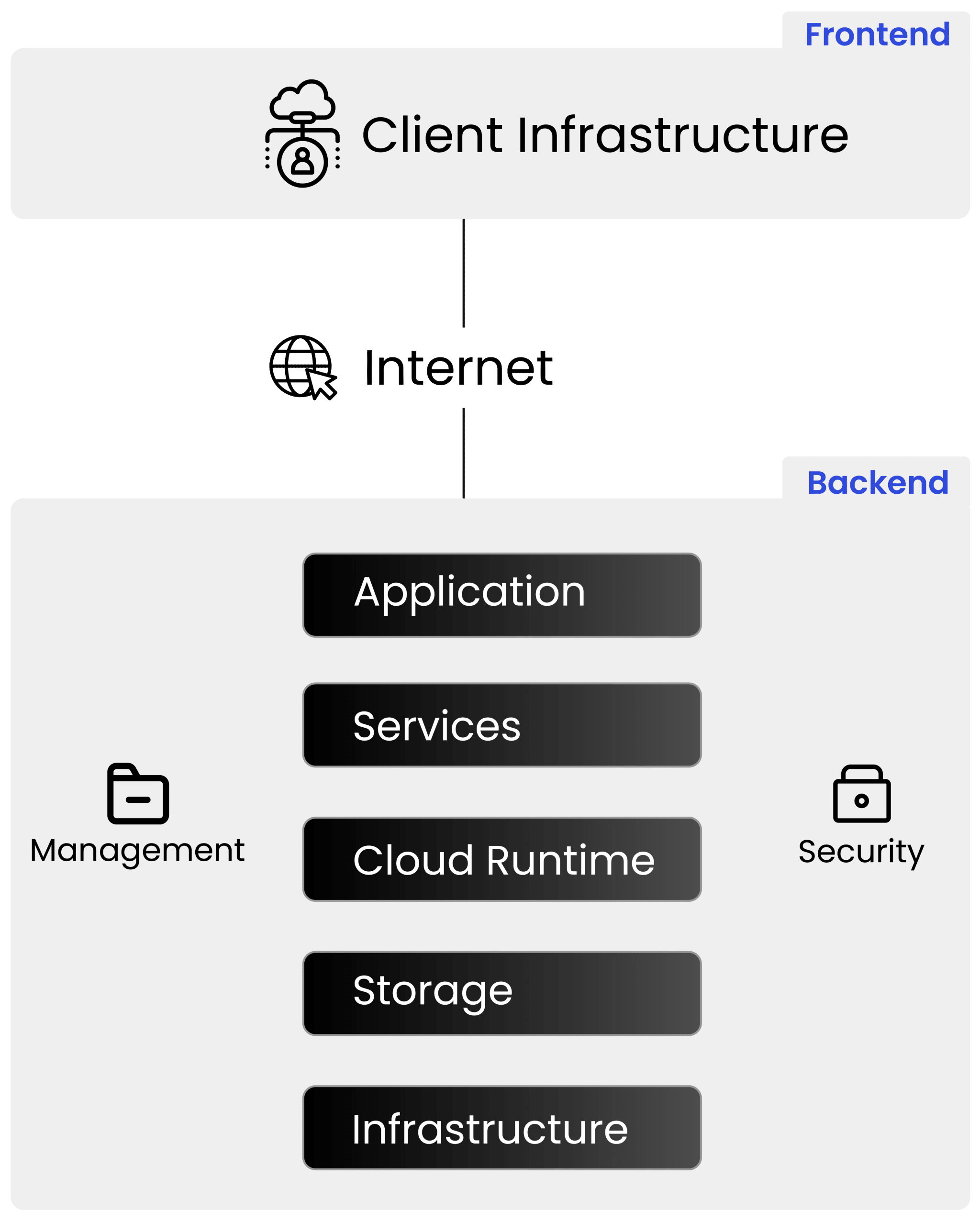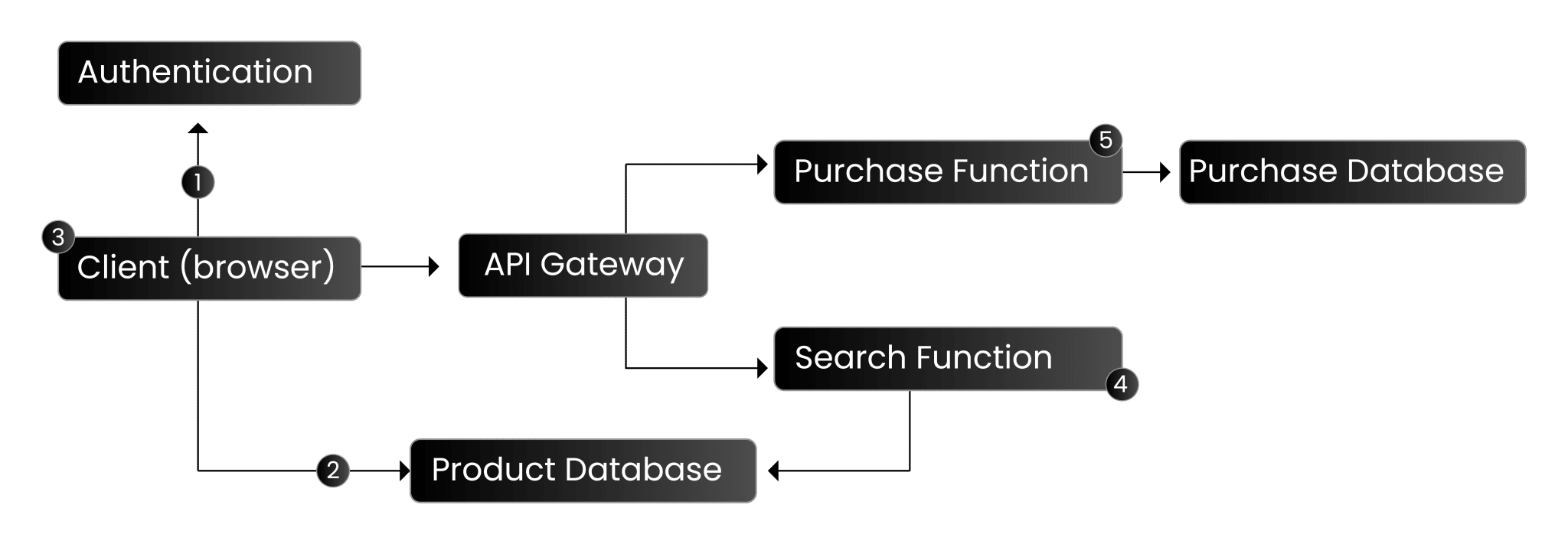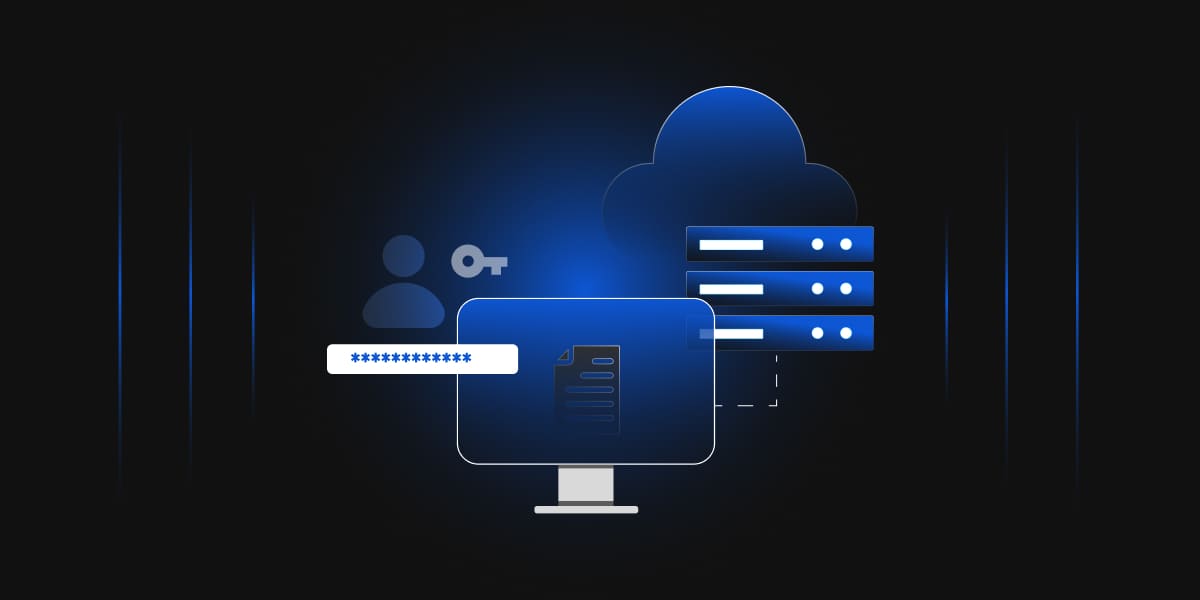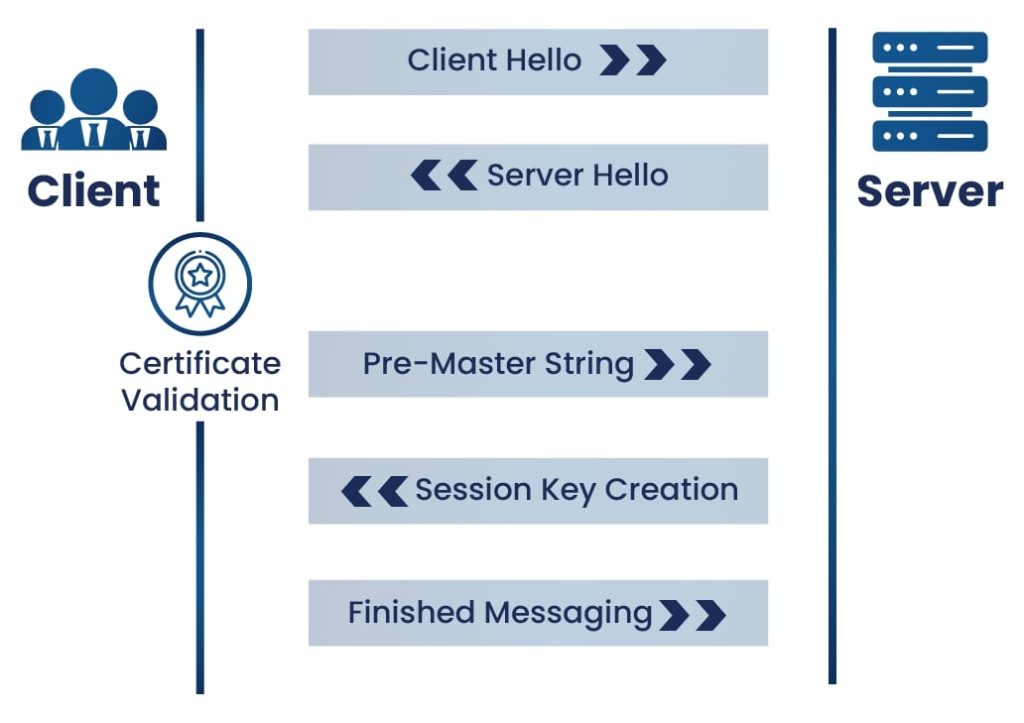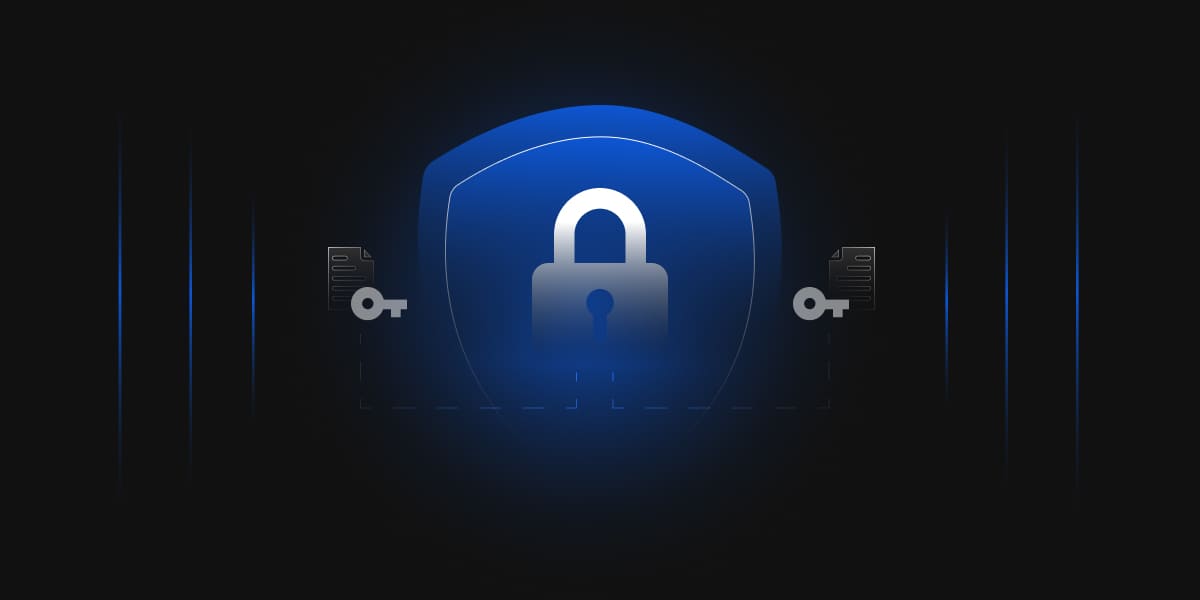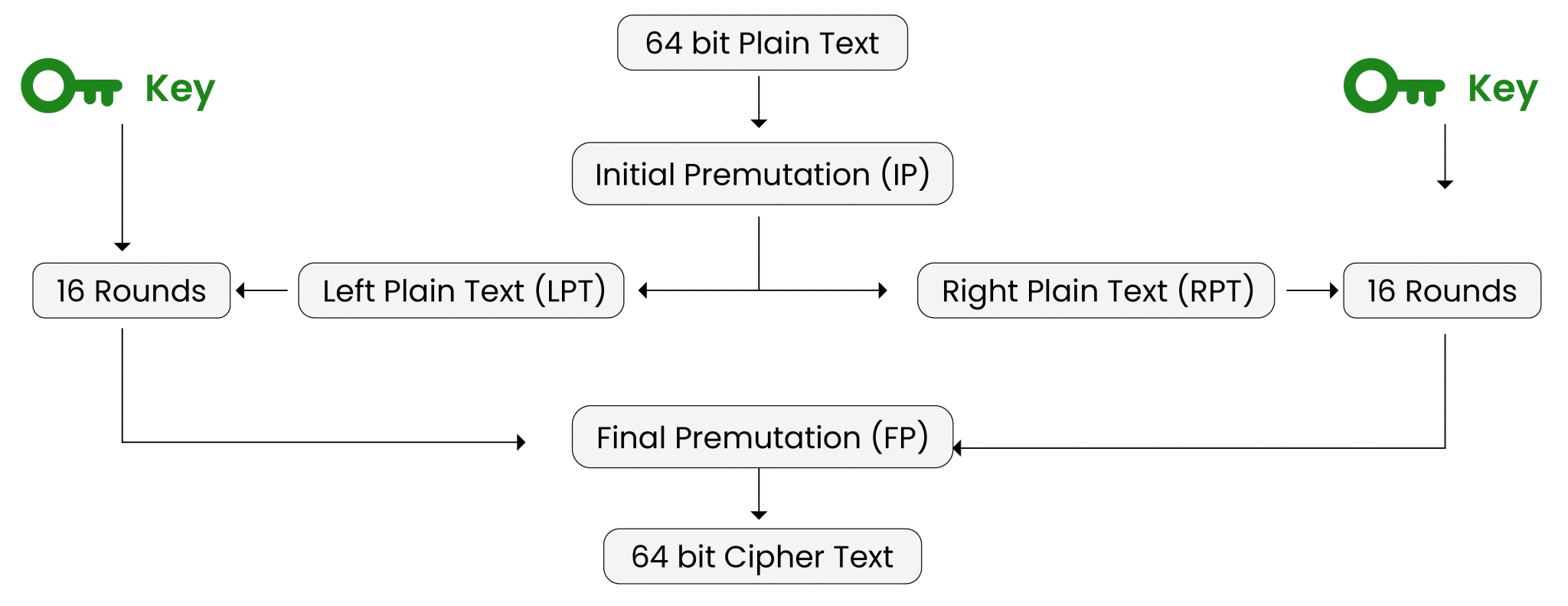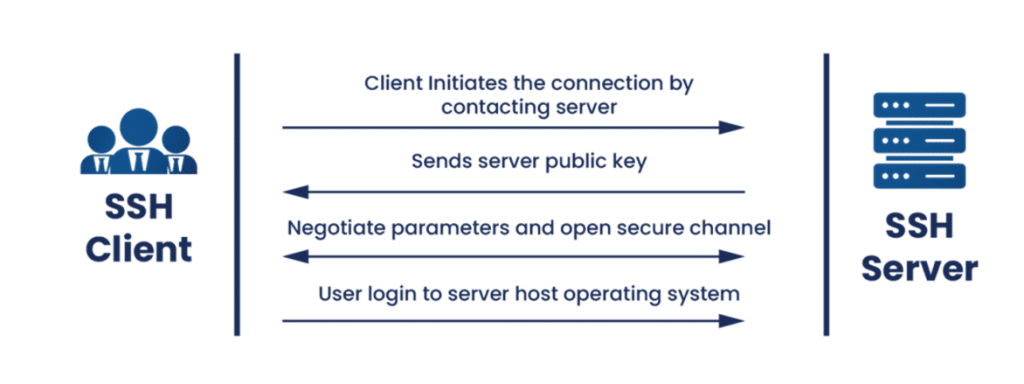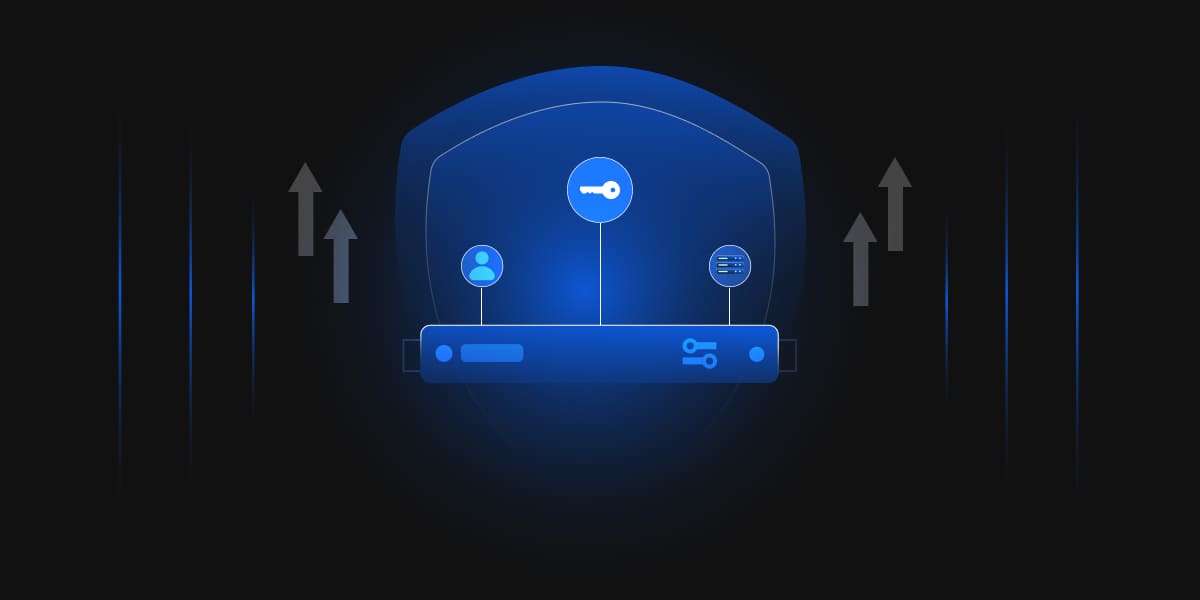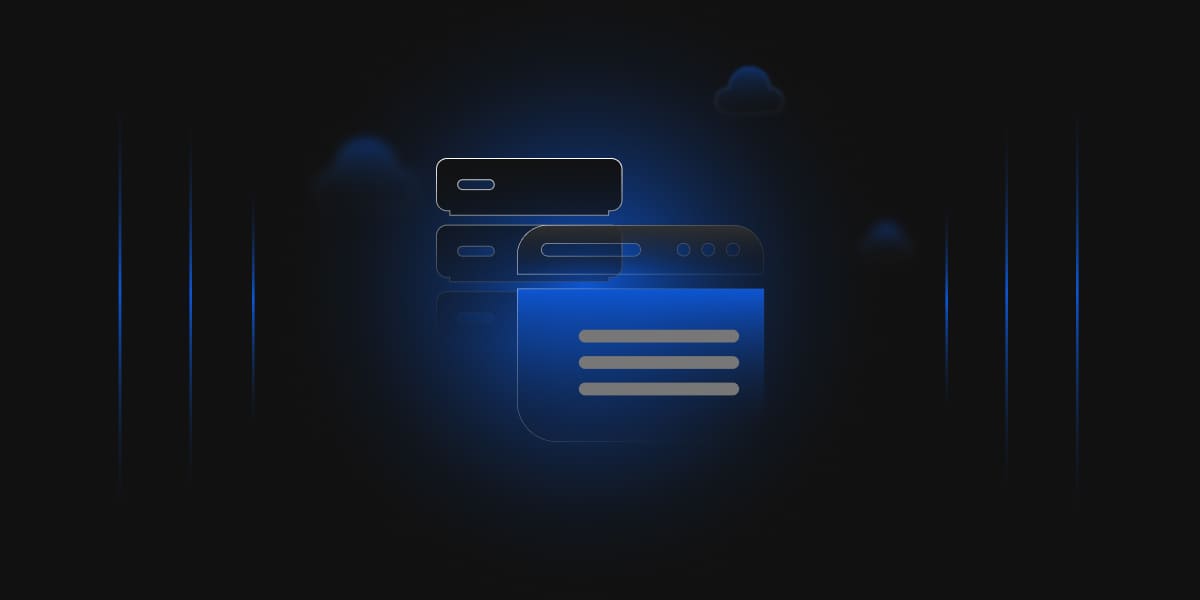The Sarbanes-Oxley Act (SOX) is a federal law that was passed by the US Congress in 2002 to prevent business fraud and protect shareholders and the public from accounting mistakes. Its aim is to enhance the accuracy of corporate financial disclosures.
SOX Compliance refers to the adherence of an organization to the rules and requirements established by the Sarbanes-Oxley Act of 2002. Financial reporting, information security, and audit regulations are necessary to promote proper governance within corporations by introducing transparency, integrity, and accountability to reduce corporate fraud. This compliance system requires internal controls, thorough documentation, and internal checks to ensure the correctness and security of information and encourage the needs of investors and regulators.
In cases like Enron, WorldCom, and W. Craighead, executives manipulated financial data to hide debts, inflate earnings, and mislead investors. This caused a misconception of their profitability, ultimately leading to massive losses when the truth came out. Also, this scandal exposed the vulnerabilities in corporate governance and accountability in financial reporting.
What are the Objectives of SOX?
Under the Sarbanes-Oxley Act, the senior executives of an organization, particularly the Chief Executive Officer (CEO) and Chief Financial Officer (CFO), are required to personally validate the accuracy of financial statements and ensure they are free from any financial misstatements. Section 302 of this Act mandates that these executives are accountable for verifying the organization’s financial figures and the effectiveness of its internal controls. By appending their signatures, they take personal responsibility for the integrity of the reports.
If any inaccuracies or fraudulent practices are later discovered, severe penalties, including fines and imprisonment, are imposed. Therefore, this provision ensures transparency, accountability, and trust in financial reporting.
To adhere to the SOX regulations, organizations must implement internal control systems to prevent financial misconduct. In addition, the controls should be constantly examined and monitored to ensure the organization’s integrity.
A Concise Overview of SOX 11 Titles
The Sarbanes-Oxley Act is a wide document that includes 11 sections (also referred to as titles), each dealing with a different element of corporate governance and financial accountability.
1. Public Company Accounting Oversight Board (PCAOB)Public firms undergo mandatory audits, which fall under the oversight of the Public Company Accounting Oversight Board (PCAOB). The PCAOB is responsible for developing guidelines and standards that govern the preparation of audit reports. It enforces these standards strictly and initiates an investigation whenever necessary.
The board also monitors the activities of independent accounting firms that are engaged in performing these audits.
2. Auditor IndependenceThis title has nine sections that emphasize the independence of an auditor by specifying the requirements to avoid conflicts of results. It forbids the auditors from providing any non-audit services to their clients. Additionally, it enforces a one-year cooling-off period before auditors can work as executives for former customers.
3. Corporate ResponsibilityTitle III underscores personal accountability by demanding certification from CEOs and CFOs about the accuracy of their financial statements. This implies that executives are directly liable for the accuracy and integrity of the company’s financial statements. Therefore, it ensures enhanced transparency and mitigates corporate fraud.
4. Enhanced Financial DisclosuresUnder this title, companies must disclose more information about their disclosures, such as insider trading, off-balance-sheet transactions, and pro forma earnings. Fast and reliable disclosures help investors assess the health of a company so that they can make an informed decision as to whether they should invest in a particular company.
5. Analyst Conflicts of InterestThe title aims to enhance investor’s trust in the analysts’ reports. This includes disclosure of any kind of interest along with the rules of conduct and deals with conflicts in financial analysis. Everything should be disclosed to the public, from analyst’s portfolios to corporate payments.
6. Commission Resources and AuthorityIt gives the Securities and Exchange Commission (SEC), the US regulatory agency, more power to punish any violation of securities laws by a broker, advisor, or even a dealer, which improves law practice and market control.
7. Studies and ReportsMandates various studies related to the market practices by the SEC and the Controller General. These are done to evaluate the status of the issuer’s corporate governance and to evaluate unethical practices in investment banks, accounting firms, and credit rating agencies. These reports minimize the incidence of fraud in the financial ecosystem.
8. Corporate and Criminal Fraud AccountabilityThis title enforces strict penalties for fraud, including the hiding, modifying, or destroying of financial records, which can result in imprisonment for up to 20 years. Additionally, it mentions monetary fines and penalties for anyone who helps deceive shareholders.
9. White Collar Crime Penalty EnhancementsThe six provisions under this title further enforce increased penalties for crimes committed by white-collar professionals, including failure to certify financial reports. Implementing stricter sentencing aims to mitigate malpractices and reinforce the accountability of executives.
10. Corporate Tax ReturnsThis title states that the CEOs must personally append their signatures to the organization’s tax returns. This is done to ensure the executives’ accountability in filing accurate tax returns and prevent tax-related fraud.
11. Corporate Fraud AccountabilityThis title consists of seven sections. It states that corporate fraud is a punishable crime, and various penalties are imposed for fraudulent activities. The SEC is provided with resources to tackle the issue of corporate fraud while imposing sanctions on individuals who execute suspicious transactions.
SOX Controls and Compliance Requirements
SOX controls act as an essential security net that protects organizations by mitigating the risk of errors and fraudulent activities in financial statements. They operate as an internal mechanism designed to maintain balance, accuracy, and truthfulness in the financial reporting system in accordance with the laws and standard practices in the industry.
Many organizations use the COSO (Committee of Sponsoring Organizations) Framework to implement SOX controls. It includes the use of detailed internal controls and risk management.
The COSO framework emphasizes on:
Risk management, i.e., the processes of assessing and minimizing any threats to the accuracy and completeness of financial information.
Data integrity to maintain the trustworthiness, completeness, and validity of financial information.
Compliance monitoring is done by regularly monitoring external and internal requirements.
Therefore, by utilizing the COSO framework, organizations will be able to implement strong SOX compliance controls, which will strengthen the foundation for transparent and trustworthy financial reporting.
The Core of SOX
Section 404 remains the most important aspect of SOX. This section requires organizations to document and test their internal financial controls annually to demonstrate their effectiveness. Therefore, it tends to keep companies in check and, more importantly, illustrates that there exists a strong control environment around the company’s financial statements.
Why is SOX important?
The Enron Scandal
Enron employed eggshell techniques to conceal large amounts of owed, enabling the company to exaggerate profits before its eventual disintegration, which caused considerable financial losses to its investors. Their audit company, which was Arthur Andersen, did not manage to detect or prevent this crime. In order to avoid similar occurrences in the future, SOX ensures that these two functions are kept completely separate among the same firm so that they have no bias when it comes to delivering the required report.
What is a SOX Compliance Audit?
A SOX compliance audit evaluates a company’s internal controls to ensure they align with the requirements and regulations set forth by the Sarbanes-Oxley Act, particularly concerning financial statements and IT security. Auditors typically begin by reviewing the design and structure of an organization’s controls to identify any potential weaknesses or gaps. Successfully passing a SOX audit offers external stakeholders’ greater confidence that the company is committed to transparency, accountability, and the accuracy of its financial reporting. This not only ensures compliance but also enhances the company’s reputation for trustworthiness and reliability in the eyes of investors and regulators.
For example, if a company’s IT system is hacked due to fewer controls, it could lead to financial inaccuracies. SOX audits are intended to identify these vulnerabilities and keep financial information secure.
The SOX Audit Process
Auditing SOX is a procedure for evaluating the integrity of a company’s financial reporting processes. While this process is highly detailed, it can be broken down into four key stages as follows:
1. Designing Proposal for SOX Audit Work
The initial phase of any Sarbanes-Oxley (SOX) audit is to identify the scope of the audit precisely. This scope defines the boundaries and focus areas of the audit, including financial processes, systems, compliance controls, and risks to be evaluated. This facilitates a more focused and efficient approach to the evaluation and is in accordance with the Public Company Accounting Oversight Board (PCAOB) Accounting Standards No. 5, which supports the top-down auditing approach.
The top-down audit approach begins with a high-level evaluation and gradually narrows it down to the finer details, i.e., beginning from considering the broad picture and scaling down to specific details.
The first step usually involves identifying key stakeholders and conducting initial information-gathering sessions with the relevant stakeholders. After this, the key areas of interest are focussed upon.
Accounts that have a higher chance of financial reporting failure.
Critical assets can greatly impact the financial figures.
Critical assets can greatly impact the financial figures.
- Important systems and processes that are crucial in providing financial information.
The purpose of this step is to proactively identify and assess potential risks to the accuracy and quality of financial reporting. By adopting this approach, the audit scope is designed to estimate the factors that could pose a risk to reliable financial reporting, pinpoint the sources of these risks, and evaluate their potential impact on the business. This phase, known as the control measures expectation, ensures that any significant risks or distortions are detected and addressed before they can go unresolved or unnoticed by the organization’s internal control systems. Ultimately, it strengthens the integrity of financial reporting by ensuring that potential issues are managed effectively.
2. Determining Materiality in SOX
This stage of audit is useful since it enables you to spend time only on the relevant aspects of financial reporting. Below are the simplified four key procedures:
Step 1: Identify What is MaterialThe first step is determining the items in the profit and loss statement and the balance sheet that can be regarded as ‘material.’ These are the items whose omission or misrepresentation could influence the economic decisions of the users.
Usually, auditors measure materiality by taking a percentage of the significant accounts, such as 5% of the total assets or 3-5% of the operating income given.
Step 2: Find Material Account Balances by LocationPerform the same steps regarding the financials of all business departments. Should any account balances surpass the material thresholds in Step 1, those departments will be included in the scope of SOX compliance activities in the next year.
Step 3: Identify Key TransactionsConduct a meeting with your controller and the process owners to map out the transactions that will impact these material account balances.
Step 4: Assess Financial Reporting RisksInherent risks are risks that exist due to the nature of the business or its environment and could potentially lead to misstatements in the financial statements. These risks arise from factors beyond the control of internal controls or audit procedures and could significantly impact the accuracy of financial reporting.
3. Identifying SOX Controls
In conducting the materiality analysis, auditors should focus on identifying and evaluating the effectiveness of SOX controls that mitigate the risk of inaccurate financial transactions. By doing so, they ensure that these controls contribute to a more reliable and transparent financial reporting process.
i) Separation of roles and dutiesAmong the important categories of SOX controls is the separation of roles and duties. This control ensures that no single individual has complete control over critical processes. For example, different people should be involved in approving an invoice and posting elements of that invoice. By separating these responsibilities, the company reduces the risk of one individual manipulating financial data or engaging in fraudulent activities.
ii) Transactions AuditingAnother category is transaction auditing, which includes timely reviews of transactions performed by individuals entitled to auditing. This is done to detect any deviations in financial transactions.
iii) Balance confirmationsBalance confirmations provide external auditors with the necessary assurance that the account balances align with the reported balance. This ensures documentation accuracy and credibility.
Material accounts often require the establishment of more than one control for effective security against inaccurate financial statements that are capable enough of influencing the decision-making of stakeholders, called material misstatements. It is the organization’s responsibility to assess and determine the effectiveness of the controls that enable the people, processes, and technology involved in the whole system. Risks are not created equally, so there are key and non-key controls within the framework of the SOX audit process, where key controls are the most important ones in mitigating significant risks that could potentially lead to material misstatements in the financial statements.
4. Carrying out a Fraud Risk Evaluation
Dedicating efforts to develop a secure framework of an internal control policy calls for an assessment of the different fraud risks, such as inaccurate financial statements, that are likely to occur within the organization. To curb fraud, organizations must focus on preventive measures and warning signs. Organizations can proactively mitigate the likelihood of the occurrence of fraud and improve the measures of dealing with any such incidents by establishing and enforcing strong internal controls.
Let’s explore some simple policy measures you can put in place to prevent the above-mentioned fraud.
i) Segregation of DutiesFraud is easier to perpetrate when one individual has both the means to engage in the wrongdoing and also conceal it. This means that the execution and concealment of fraud must involve different individuals. It is similar to having internal controls in place.
ii) Expense ReimbursementsIt is difficult to avoid fraud in the organization without effective management of expenses incurred by employees. To address this issue, the reimbursement policy must be established and disseminated to all concerned. Before getting any reimbursement, use more than one approver, i.e., the boss and some other member(s) of the team.
iii) Periodic Bank ReconciliationMake sure that the account balances reported in your company books are periodically verified with those of the actual bank to avoid any differences. This not only assists in detecting fraud but also eliminates possible problems in the future, such as delays in payment or disruption of accounting processes.
5. Managing Process and SOX Controls Documentation
The controls present in the compliance processes should also be documented appropriately. All aspects related to key controls must be comprehensively addressed, including their definitions, implementation, performance, testing, risks, populations, and evidence. However, managing these aspects can be challenging because the same risk might span across multiple processes and units, making it difficult to monitor everything effectively. Even a small oversight, such as forgetting an update, can lead to significant future cleanup efforts and potential control failures.
To mitigate this issue, employing a relational database management system (RDBMS) as a central repository is highly recommended. Unlike traditional spreadsheet-based systems, SOX-compliant software built on a large, integrated database can streamline the entire process. This centralized approach enables seamless integration of all program functions, reducing the need for frequent updates and minimizing the risk of overlooked changes. Additionally, RDBMS-based systems allow for handling larger volumes of data in less time, improving efficiency and ensuring more accurate monitoring and reporting of controls, thereby enhancing compliance and reducing future complications.
6. Testing Key Controls
SOX control testing is done to guarantee the effectiveness and reliability of the controls. It involves demonstrating that the tests are designed to actually assess the controls when performed. It also involves affirming that the people defined as process owners consistently applied the controls during the audit process. Finally, testing must show that the controls are able to prevent or detect material misstatement in areas where they are intended to provide protection.
Control testing may also incorporate several approaches, including, but not limited to, ongoing assessments, observations, interviews with process owners, transaction walkthroughs, document review, or even performing the process again.
7. Assessing Deficiencies in SOX
An auditor addressing a particular gap creates an “issue.” The audit team has to decide whether it is a design issue or an implementation issue that can be solved by retraining. They will also state whether this is a control deficiency that needs to be managed more carefully because it is associated with greater risk.
8. Delivering Management’s Report on Controls
At the end of your SOX control testing, a detailed report is prepared for the audit committee. While there will be much information accumulated during the whole process, the report shall incorporate the view of management regarding the compliance status, together with evidence supporting it.
The report shall incorporate the following information:
Management’s opinion and evidence towards that conclusion.
A recap of the evaluation of the approach adopted and the outputs.
Results of all the assessments, including enterprise-wide, IT, and key control.
The control breakdowns, control gaps, and their associated factors.
The input from the company’s statutory auditor.
By continuously participating in this approach and employing the necessary paperwork and practices, you can enhance your compliance initiatives and promote a sense of ownership at all levels in your organization.
SOX Compliance Audit Checklist
Here’s a general checklist that can be used for SOX compliance audits:
1. Ensuring protection against tampering with sensitive dataThere should be systems installed to monitor and alert unauthorized or intentional changes made to financial information. This ensures the integrity of the records and lowers the possibility of fraud.
2. Implement control accessImplementing the least privilege access principle on sensitive data. It should not be accessed by unauthorized personnel. With limited access to financial information, organizations can control uncontrolled changes and keep the integrity of sensitive data.
3. Limited access to AuditorsAuditors play a major and critical role in SOX compliance, and to maintain objectivity, they should be granted access as and when needed to perform their roles effectively. This is a very transparent way to protect the company’s financial information.
4. Detect Information Security IncidentsDetection of incidents related to information security is primary. There should be systems installed meant to detect and report security breaches in real time. This will help to prevent possible damage and ensure that financial systems are always secure.
5. Track Action within Financial SystemTracking actions within the financial system is vital for a clean audit trail. Each significant transaction must be date-and-time-stamped with a record of the detail used by auditors and compliance officers to trace back the accuracy and completeness of the financial data.
Consequences of SOX Non-Compliance
The Sarbanes-Oxley Act (SOX) outlines severe penalties for those who fail to adhere to its provisions, including huge fines and imprisonment for CEOs and CFOs who approve false financial reports. This guarantees the organization’s management’s focus on financial reporting integrity.
One such high-profile case occurred at HealthSouth Corporation, where executives exaggerated profits by over $2 billion and brought Richard Scrushy, CEO, to court as one of the first under SOX.
One scandal that highlighted the need for SOX was WorldCom, which manipulated the financial records to exaggerate profits by nearly $11 billion. This scandal not only ruined the company but also caused major losses to investors and employees.
Benefits of SOX Compliance
The SOX instills confidence in the integrity of published financial statements, which induces them to invest. It strengthens the credibility of companies and investors and thus helps to create a more secure investment environment by ensuring that data is accurately presented.
In addition, SOX mandates organizations implement effective internal controls, which results in more efficient performance in terms of the accuracy and reliability of financial records. Making financial reporting as accurate and complete as possible reduces risks of errors or fraud. This enhances the organization’s overall financial management and accountability.
Key Provisions of the Sarbanes-Oxley (SOX) Act of 2002
The SOX was approved to boost corporate accountability and transparency in financial reporting. Let’s explore the key sections:
Section 302One of the important provisions is Section 302, which mandates a senior corporate officer to certify personally the accuracy of financial statements and compliance with the US Securities and Exchange Commission (SEC) disclosure standard. Officers who knowingly sign false financial statements will incur severe penalties, including imprisonment.
Section 404This establishes the requirement of establishing and maintaining internal controls for accurate financial reporting. Such an improvement brings benefits in accountability but is often criticized for incurring heavy costs in compliance.
To know more, click here.
Section 802 addresses recordkeeping. It prohibits the destruction or falsification of records, defines retention periods, and identifies business records to be maintained (including electronic communications).
Who must comply with SOX?
All publicly traded companies and their wholly owned subsidiaries that do business in the United States must comply with SOX, including companies listed on U.S. stock exchanges and their auditors. Additionally, securities analysts and accounting firms that perform audits in public companies must comply with SOX regulations.
Although private companies and non-profit organizations are not generally required to adhere to SOX, there are some notable exceptions. For example, private companies that are filing a registration statement with the SEC and preparing for an initial public offering must comply with SOX.
In addition, the SOX protects the whistleblowers at private companies, i.e., employees who provide services to public companies are protected if they report misconduct or malpractices involving their public clients.
SOX is a US regulation. However, it extends its reach beyond the US borders. Any foreign company conducting business in the US or listed on US exchanges must also comply with SOX.
SOX Compliance Challenges
The most common type of challenge organizations face with SOX compliance is Dependence on Spreadsheets and End-Users.
What used to be a simple accounting device known as a spreadsheet is now an integral part of most, if not all, processes under SOX. It connects data and eliminates manual work. The downside is that as the audit process becomes more sophisticated, so is the level of scrutiny over processes and each document produced. Unfortunately, spreadsheets are usually slow, do not guarantee efficiency and lack uniformity.
Using Spreadsheets in SOX Compliance has the following risks:
Version Control: Working with older versions is prone to mistakes.
Incomplete Downloads: Potential errors could occur because some data may be missing following an improper download.
User Errors: Typing incorrect information or deleting data without intention can be costly.
Inconsistent Data Sets: Drawing any analysis from erroneous or incomplete information will lead to wrong outcomes.
Lack of Communication: Most of the time, the process owners do not have access to crucial control information because Internal Audit files are usually stored away in the auditors’ PCs and never circulated. This means that they view their controls only three times a year and hence are not integrating them into the processes.
Increased Costs and Resources: When it comes to corporate governance, SOX has brought some fundamental positive changes in companies’ financial reporting, but compliance costs have been on the rise. According to Protiviti’s yearly studies, these costs have also been driven upward by implementing new systems like COSO and the evolving requirements of the auditors.
How can Encryption Consulting help?
Encryption Consulting helps organizations achieve enhanced security posture and manage the intricacies of compliances, such as SOX, NIST 2.0, FIPS 140-3, etc. Our encryption advisory services include thorough audits and assessments to identify the gaps in various processes that can expose your organization to compliance risks.
We specialize in designing customized recommendation and remediation roadmaps that address the vulnerabilities identified during the audit process. These roadmaps provide recommendations or remediation roadmaps to mitigate the risks caused by the vulnerabilities and to achieve and sustain all the necessary regulations and compliance standards.
Therefore, by aligning your processes with SOX requirements, we help organizations achieve compliance, mitigate risks, and enhance their security posture.
Conclusion
SOX has been successfully implemented for more than two decades, and its impact on corporate governance is significant to this day. Instead of just checking out ‘check the box’ compliance, organizations adopting the requirements of SOX enjoy better internal controls, proper accountability, and enhanced public confidence. The emphasis on SOX compliance also develops over time; as the practice of doing business increases, so does the need for transparency and corporate responsibility in the global economy.
Financial statements must be accurate and truthful within a healthy economy, which is not a matter of good practice but of a functioning whole structure.

